
Birth of a great standard: The S-class (1930-1980s)
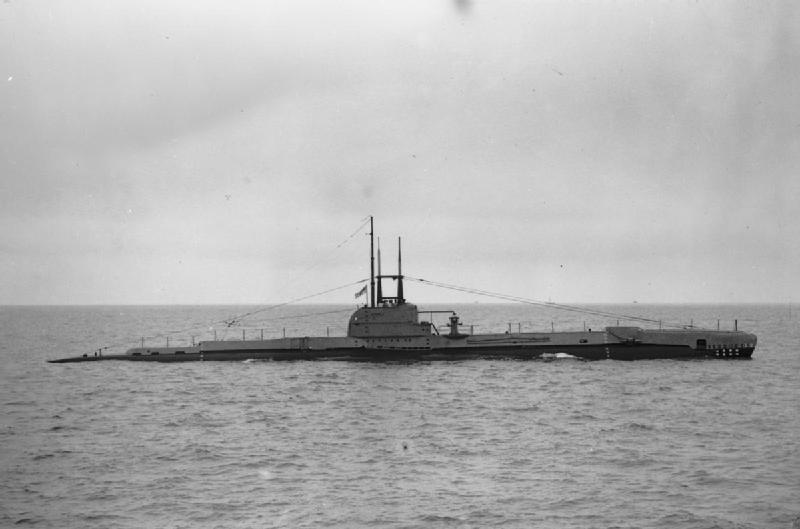
HMS Seawolf (cc)
The S-class submarines of the Royal Navy were were planned to patrol the restricted waters of the North Sea and Mediterranean. They were also scheduled as replacments for replacing the vintage WWI British H-class submarines. It started with a modest class in 1930-33 called Swordsfish, and later the Shark class (8 boats). Given the ensemble performances of this design it was judged satisfactory enough to decline a whole mass-construction programme in wartime, with the 1941 “repeat S”. This cheap and all-around efficient type soon became the staple of the British submarine force duting the Second World War: The single largest group of submarines ever built for the Royal Navy, with 62 made total over 15 years, including the 50 “improved” S delivered until 1945. Many would gain fame with their “special operations” together with their patrol duties.
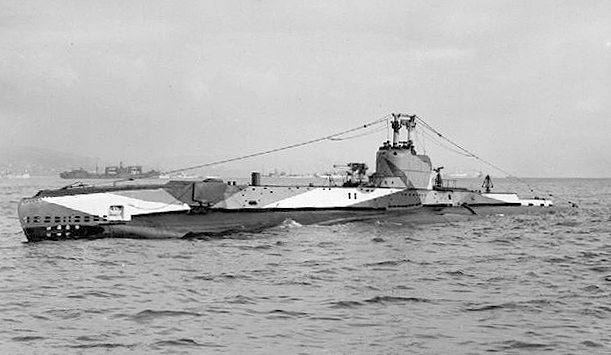
HMS Sealion camouflaged during the war (Shark class).
The S class never were intended for the Far East, but went there from 1944 after being fitted with extra tank capacity. In addition the S-class went on to serve in the Royal Navy until the 1960s, the last retired being HMS Sea Devil, sold for BU in February 1966. Some also changed flags and gained an extra mileage: HMS Springer was sold to Israel and became INS Tanin, eventually decommissioned in 1972. The Netherlands acquired one, Portugal three, France four (fighting in WW2 as well), and Turkey, through a modified version ordered in 1939: The Oruç Reis class.
Both the Shark and repeat S will be the object of their own standalone post. This one is dedicated to the original serie: The Swordfish.
About the Swordfish class (group I)
The start of this serie was a clear and simple specification of 1929 advocating a small, simple and chap patrol submarine tailored for “restricted waters” service, the North Sea and Mediterranean being prime examples, although they could have been sent to operate from South Africa and in the Indian Ocean as well. But the standard rotation was between Malta (which from they controlled both the western and eastern Mediterranean), and Portsmouth or any north sea port along the british Coast, up to Scapa Flow. Emphasis was not put on any particular design trait, rather for a good balance of every of these. Note that there was also an experimental HMS Swordfish in 1916.
Design of the class
Hull and general design
The S-class submarines were designed as successors to both the mass-produced H class and the late WW-I L class. Their area of operation dictated their range, tanks size and thus size and displacement. Thus compared to all previous submarines built since 1923 they were “only” 202 feet 6 inches (61.7 m) long overall, combined with a beam of just 24 feet (7.3 m), which left a rather narrow inner hull. Mean draught was established at 11 feet 11 inches (3.6 m) for a grand total of 730 long tons (740 t) surfaced, 927 long tons (942 t) submerged. They were not only cheap in construction but also in maintenance, as they only needed a complement of 38 officers and ratings. Their max diving diving depth was “in the norm” for the time, calculated to be at 300 feet (91.4 m). From this, no aircraft would ever be capable of spotting them.
Powerplant
Thes boats had two 775 bhp (578 kW) diesels, each driving a shaft and when submerged each was driven by a 650 hp (485 kW) electric motor for, respectively 13.75 knots (25.47 km/h; 15.82 mph) surfaced and 10 knots (19 km/h; 12 mph) submerged. Still surfaced, based on their fuel oil capacity, 44 tonnes, a range of 3,700 nautical miles (6,900 km; 4,300 mi) at 10 knots or 64 nmi (119 km; 74 mi) at 2 knots (3.7 km/h; 2.3 mph) submerged. This gave them limited areas of operations from home bases, but was sufficient for the restricted waters of the north sea and Mediterrean, where they could operate from Gibraltar, Alexandria or Malta.
Armament
The Swordfish class for simplification only had bow tubes (not stern ones) for six 21-inch (533 mm) standard tubes, one reload for each, 12 in all, included the six pre-loaded in the tubes, which alloed to keep the torpedo room reduced. Acceptable in peacetime, before the war broke out, the Royal Navy ordered dedicated submarines depot ship (such as the Medway class), to assist them when deployed far from home. In addition to their tubes, they carried a 3-inch (76 mm) deck gun and nothing else. At firs, this deck gun was mounted on a superfiring half-deck to break waves when surfaced, but later for stability they were deleted and the guns relocated on deck. They had no AA but a type 120 sonar.
The first two diverged from the other pair as having a 3-in/45 20cwt QF Mk II (HA) gun capable of AA fire in case, and a single liquid-cooled Vickers 0.5 inches/62 heavy machine gun in the rear of the sail, and the second pair (seahorse, starfish) had their 3-in gun 20cwt Mk II on a regular mount.
As WW2 went on, the sole survivor, HMS Sturgeon was given a type 286W or type 291W radar on its sail, and in 1945-46 the deck gun was swapped for a 5-in/45 CP Mk V.
Construction
HMS Swordfish (61S) was ordered on 2 July 1930 at Chatham Dockyard, laid down on 1 December, launched on 10 November 1931, commissioned on 28 November 1932.
HMS Sturgeon (73S) was laid down at Chatham Dockyard in January 1931, launched on 8 January 1932, commissioned on 27 February 1933.
HMS Sealion (72S) order on 23 December 1932 at BuilderCammell Laird, Birkenhead and laid down on 16 May 1933 was launched on 16 March 1934 and completed on 21 December 1934.
HMS Starfish (19S) was ordered on 16 March 1931 at Chatham Dockyard, laid downon 29 September 1931, launched on 14 March 1933 and commissioned on 27 October 1933.
⚙ Swordfish class specifications |
|
| Displacement | 730 long tons surfaced, 927 long tons submerged |
| Dimensions | 202 ft 6 in x 24 x 11 ft 11 in (61.7 x 7.3 x 3.6 m) |
| Propulsion | 2 shafts diesels 1,550 bhp (1,160 kW), 2 electric motors 1,300 hp (970 kW) |
| Speed | 13.75 knots (25.47 km/h; 15.82 mph) 10 knots submerged |
| Range | Range: 3,700 nmi (6,900 km; 4,300 mi) at 10 knots surface; 64 nmi at 2 knots submerged |
| Test Depht | 300 feet (91.4 m) |
| Armament | 1x 3 in deck gun, 6× 21-in (533 mm) TTs |
| Crew | 38 |
The Swordfish class in action
 HMS Swordfish
HMS Swordfish
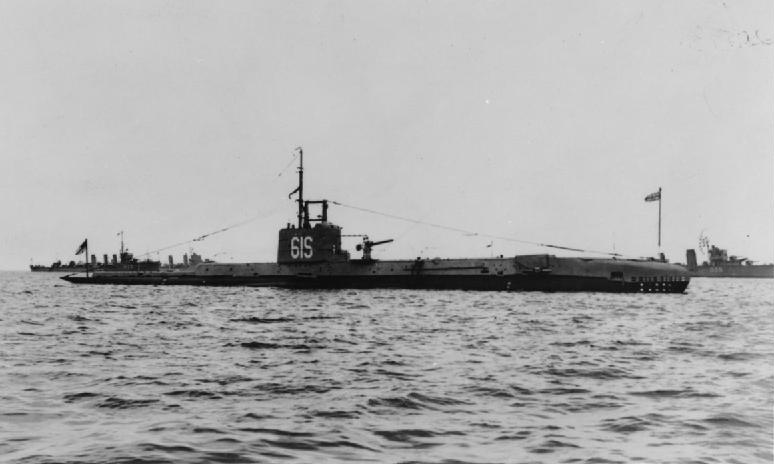
At the start of the second world war, all four served with the 2nd sub flotilla ain home waters. HMS Swordfish was missed with three torpedoes by her sister ship HMS Sturgeon, mistaken for a U-boat while in Norwegian waters. On 20 April 1940, she attacked a German convoy but failed to hit anything. Two days later she spotted another convoy, but dropped the attack due to the ship’s shallow draught. On 26 April, avoided drifting mines, bumping into one which was a dud. Her sixth war patrol was another “blue on blue” incident, when she was targeted hy British aircraft. Lost in ther 12th patrol, at firsdt presumaby sunk by German destroyers off Brest but she hit a mine when her wreck was rediscoreded in June 1983 off the Isle of Wight.
 HMS Sturgeon
HMS Sturgeon
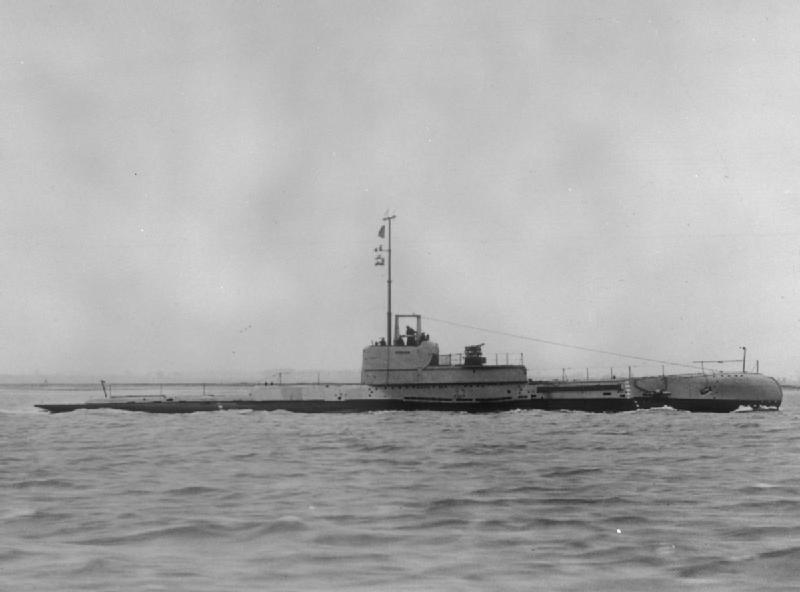
HMS Sturgeon was assigned to the 2nd Submarine Flotilla during her interwar service. From 6 September 1939 she conducted patrols in the North Sea but was bombed by British aircraft like her sisters, an error quite common at the time. In her 2nd patrol three torpedoes at an unidentified submarine later to be HMS Swordfish, and missed. Her 3rd patrol saw her spotting but missing the German U-boat U-23, which replicated and she made a crush dive, hitting the bottom. She was later repaired and back in her 4th patrol on 20 November sank the German armed trawler V-209. It became the first British sub success of the war, quite a morale boost.
Her 5, 6, 7th patrols saw her sighting/sinking several ships notably the German troop transport Pionier, Danish merchants SS Sigrun and SS Delfinus. In 1941 she was reassigned to the Bay of Biscay, and in October 1942, reaffected to Operation Torch, used as beacon with the 8th Submarine Flotilla. Reassigned to the northern convoy route afterwards to Mursmansk, she was damaged by Allied (Russian) aircraft while escorting the Arctic Convoys PQ 15 and PQ 17. In May 1943, she was loaned to the Royal Netherlands Navy as HNLMS Zeehond, returned in 1945 and sold for scrap in 1946. She became the only one of her class to survive the war.
 HMS Seahorse
HMS Seahorse
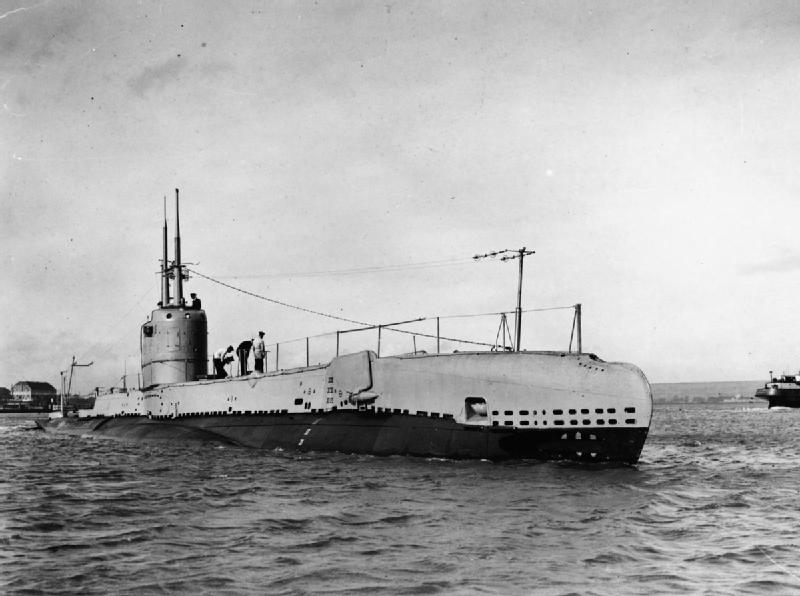
After an uneventful interwar service, HMS Seahorse made a first patrol southwest of Stavanger but when returning to port was mistaken by an U-Boat and attacked by British planes, with depth charges and sustained damaged. Repaired she was back for a second war patrol, spotted U-36 on 13 November 1939, fired but missed. On her 3rd patrol on 30 October, she spotted U-21, but the latter submerged before she launches.
On 18 November, HMS Seahorse spotted two destroyers, likely Z21 Wilhelm Heidkamp and Z19 Hermann Künne, but they were too fast for her to manoeuver in a suitable firing spot. On 26 December, she was making her sixth and last patrol off Heligoland Bight, with orders to latter enter the mouth of the Elbe on 30 December. But on 9 January 1940 she still did not returned, and it was speculated she had struck a mine. German records showed that she was sunk by the German First Minesweeper Flotilla reporting an attack on an unidentified submarine on 7 January 1940. Another hypothesis is that she was rammed and sunk by the German Sperrbrecher IV/Oakland, southeast of Heligoland, on 29 December 1939.
 HMS Starfish
HMS Starfish
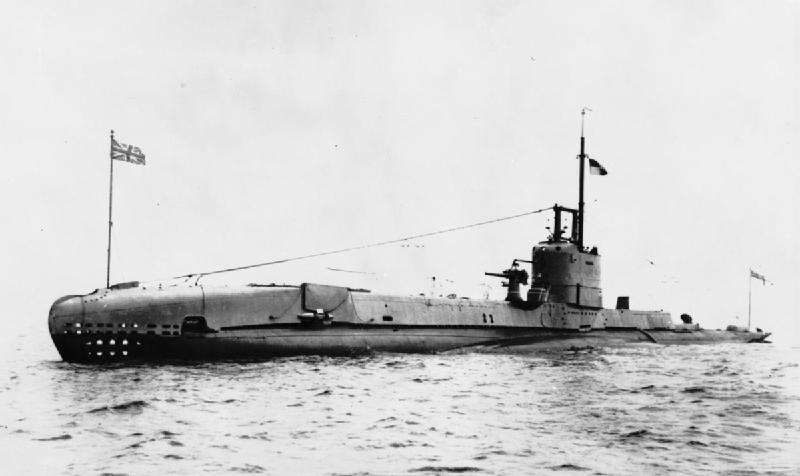
After an uneventful interwar carrer, Starfish like her sister took part in north sea patrols with the 2nd Submarine Flotilla. She made five uneventful war patrols spotting ships were never in position to attack or judging the target not worth her torpedoes. On 9 January 1940, her sixth patrol had her sent in dangerous waters, off Heligoland. She spotted and attacked a German minesweeper off Heligoland Bight but missed. Attacked in return, depht-charged, her diving planes jammed, and the captain eventually decided to surface. Her crew was rescued by the German ships and she was sunk for good. She was one of the rare British subs which crew was captured entirely by the enemy, ending in a POW until the end of the war.
Read More
Books
Bagnasco, Erminio (1977). Submarines of World War Two. Annapolis, Maryland: Naval Institute Press.
Colledge, J. J.; Warlow, Ben (2006). Ships of the Royal Navy: The Complete Record of all Fighting Ships of the Royal Navy (Rev. ed.). London: Chatham Publishing.
Chesneau, Roger, ed. (1980). Conway’s All the World’s Fighting Ships 1922–1946. Greenwich, UK: Conway Maritime Press.
Harrison, A. N. (January 1979). “The Development of HM Submarines From Holland No. 1 (1901) to Porpoise (1930) (BR3043)”.
McCartney, Innes (2006). British Submarines 1939–1945. New Vanguard. Vol. 129. Oxford, UK: Osprey.
Rohwer, Jürgen (2005). Chronology of the War at Sea 1939–1945: The Naval History of World War Two (Revised & Expanded ed.). Annapolis, Maryland: Naval Institute Press.
Links
rnsubs.co.uk/
en.wikipedia.org HMS_Swordfish_(61S)
uboat.net/ 3419.html
worldnavalships.com/s_class.htm
www.subart.net/cliffs_of_dover.htm



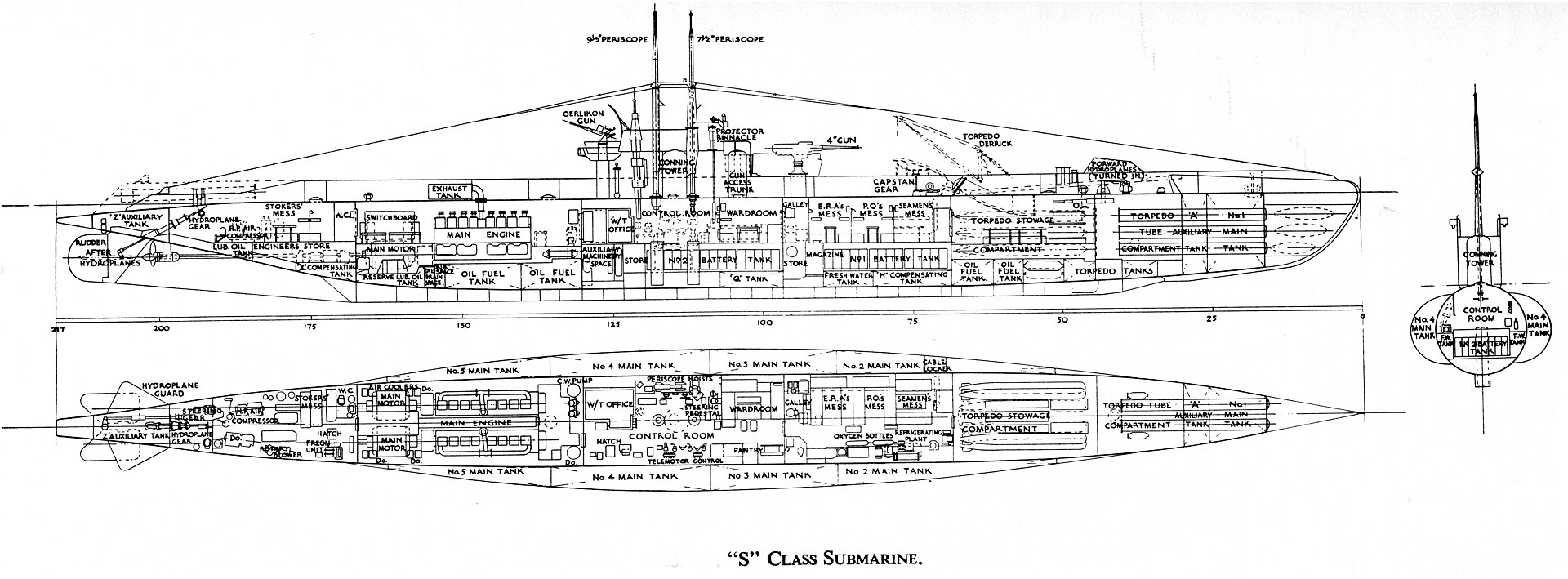
 Latest Facebook Entry -
Latest Facebook Entry -  X(Tweeter) Naval Encyclopedia's deck archive
X(Tweeter) Naval Encyclopedia's deck archive Instagram (@navalencyc)
Instagram (@navalencyc)





 French Navy
French Navy Royal Navy
Royal Navy Russian Navy
Russian Navy Armada Espanola
Armada Espanola Austrian Navy
Austrian Navy K.u.K. Kriegsmarine
K.u.K. Kriegsmarine Dansk Marine
Dansk Marine Nautiko Hellenon
Nautiko Hellenon Koninklije Marine 1870
Koninklije Marine 1870 Marinha do Brasil
Marinha do Brasil Osmanlı Donanması
Osmanlı Donanması Marina Do Peru
Marina Do Peru Marinha do Portugal
Marinha do Portugal Regia Marina 1870
Regia Marina 1870 Nihhon Kaigun 1870
Nihhon Kaigun 1870 Preußische Marine 1870
Preußische Marine 1870 Russkiy Flot 1870
Russkiy Flot 1870 Svenska marinen
Svenska marinen Søværnet
Søværnet Union Navy
Union Navy Confederate Navy
Confederate Navy Armada de Argentina
Armada de Argentina Imperial Chinese Navy
Imperial Chinese Navy Marinha do Portugal
Marinha do Portugal Mexico
Mexico Kaiserliche Marine
Kaiserliche Marine 1898 US Navy
1898 US Navy Sovietskiy Flot
Sovietskiy Flot Royal Canadian Navy
Royal Canadian Navy Royal Australian Navy
Royal Australian Navy RNZN Fleet
RNZN Fleet Chinese Navy 1937
Chinese Navy 1937 Kriegsmarine
Kriegsmarine Chilean Navy
Chilean Navy Danish Navy
Danish Navy Finnish Navy
Finnish Navy Hellenic Navy
Hellenic Navy Polish Navy
Polish Navy Romanian Navy
Romanian Navy Turkish Navy
Turkish Navy Royal Yugoslav Navy
Royal Yugoslav Navy Royal Thai Navy
Royal Thai Navy Minor Navies
Minor Navies Albania
Albania Austria
Austria Belgium
Belgium Columbia
Columbia Costa Rica
Costa Rica Cuba
Cuba Czechoslovakia
Czechoslovakia Dominican Republic
Dominican Republic Haiti
Haiti Hungary
Hungary Honduras
Honduras Estonia
Estonia Iceland
Iceland Eire
Eire Equador
Equador Iran
Iran Iraq
Iraq Latvia
Latvia Liberia
Liberia Lithuania
Lithuania Mandchukuo
Mandchukuo Morocco
Morocco Nicaragua
Nicaragua Persia
Persia San Salvador
San Salvador Sarawak
Sarawak Uruguay
Uruguay Venezuela
Venezuela Zanzibar
Zanzibar Warsaw Pact Navies
Warsaw Pact Navies Bulgaria
Bulgaria Hungary
Hungary

 Bundesmarine
Bundesmarine Dutch Navy
Dutch Navy Hellenic Navy
Hellenic Navy Marina Militare
Marina Militare Yugoslav Navy
Yugoslav Navy Chinese Navy
Chinese Navy Indian Navy
Indian Navy Indonesian Navy
Indonesian Navy JMSDF
JMSDF North Korean Navy
North Korean Navy Pakistani Navy
Pakistani Navy Philippines Navy
Philippines Navy ROKN
ROKN Rep. of Singapore Navy
Rep. of Singapore Navy Taiwanese Navy
Taiwanese Navy IDF Navy
IDF Navy Saudi Navy
Saudi Navy Royal New Zealand Navy
Royal New Zealand Navy Egyptian Navy
Egyptian Navy South African Navy
South African Navy






























 Ukrainian Navy
Ukrainian Navy dbodesign
dbodesign